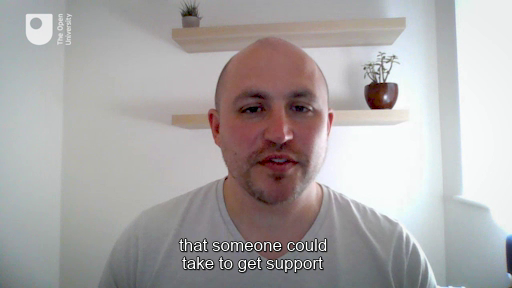Session 7: Identifying sources of support
Introduction
A great source of distress for young people who experience mental health problems are feelings of isolation. You will recall in Session 6 that the parents of the young people who were experiencing mental health problems reported that they also withdrew from families and friends. Isolation is often compounded by a sense of stigma. Support networks can be invaluable in assisting young people and their families. It can help them to manage any stigma they may feel in relation to their mental health and help them to feel connected with others who understand the challenges. It can also help them find sources of support. Internet technology has made it possible for people to link with others in the privacy of their homes, and the opportunities to do this continue to develop and have showed some positive results. This has been particularly the case during the COVID-19 pandemic when options to meet in person were limited. In the next video, you’ll see counsellor John Goss talking about the various types of support that in their experience young people have access to. Watch now to get a sense of the range of support.

Transcript: Video 1: John Goss: Various types of support
In the video, John talks about the GP and talking therapy with a counsellor, as being two of the main formal support systems that a young person can access. You will learn more about these types of support in this session. However, as John pointed out, it is also important to sometimes engage directly with the young person and/or the people around them to find out what types of things could best support them.
In this session, you will begin by exploring how a secure network of family and friends can help to support a young person. At the beginning of the video, John also talked about the power of support groups in relation to providing spaces for the young person to share their experiences. Some of these can be in person, but as you will discover nowadays many are held online or via social media. When well-managed, these can be a good source of support and this session contains some valuable information on how young people can be encouraged and supported to use social media for the benefit of their mental health. We will also explore how it can impact negatively and how this can be managed. You will then consider what the charities MIND and YoungMinds can offer to young people with mental health problems.
